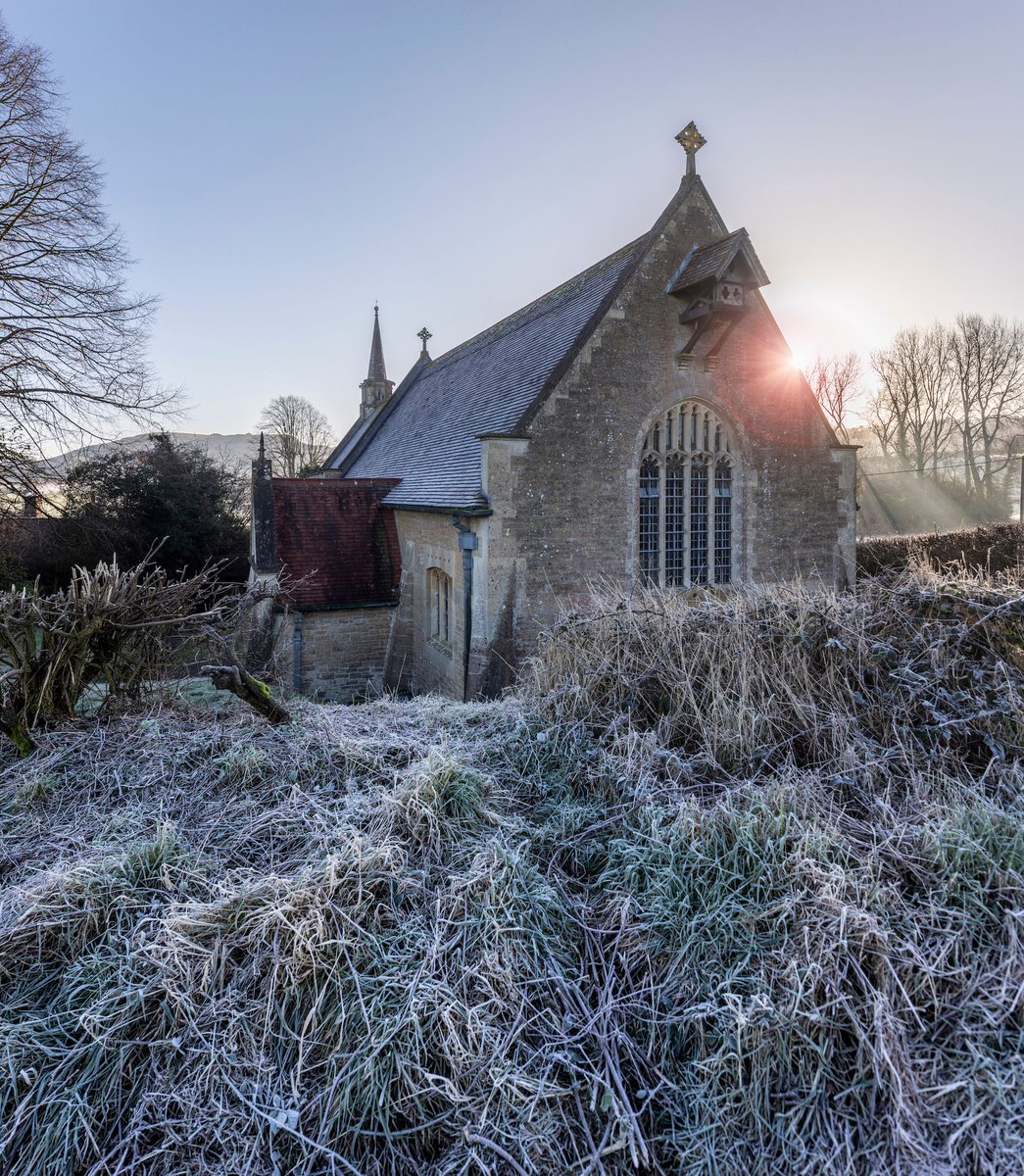St Helen's, Barmby on the Marsh overlooks flood meadows in the East Riding; these wetlands are an important habitat for snipe, teal and wigeons. On the edge of this dramatic landscape are the massive cooling towers of Drax power station. 

The oldest part of the church is the nave of c1489 which might have started life as a tithe barn! The distinctive tower, built with home-made red bricks and topped with a copper copola, replaced a medieval tower in 1773, and the chancel was added during the restoration of 1854. 

Highlights of this eclectic building include a medieval parish chest — dug out of a single tree trunk, opulent Victorian stained glass, a coffin-shaped grave board, an eccentric timber-based 17th century font and charming Georgian trompe l'oeil 'panelling' on the north door. 





When St Helen's came into our care in October 2020, it urgently needed new roofs, new drainage, structural pinning, and replastering. But its beauty and character shone through. 

And we’re thrilled to announce that after completion of significant repairs, St Helen's, Barmby on the Marsh is now open daily!
bit.ly/3rs4fHw
#AdoorableThursday
bit.ly/3rs4fHw
#AdoorableThursday

• • •
Missing some Tweet in this thread? You can try to
force a refresh






















